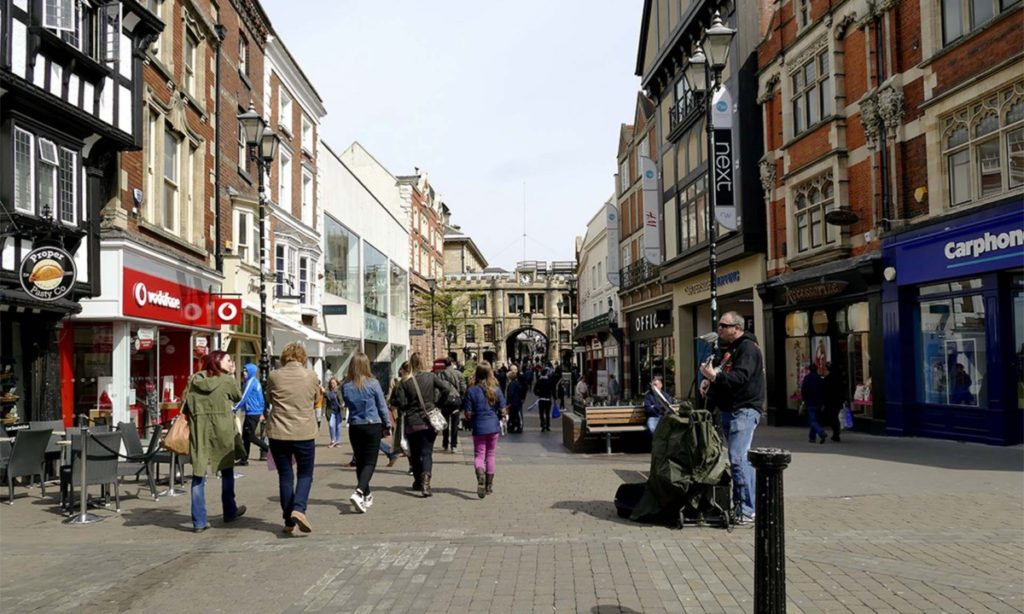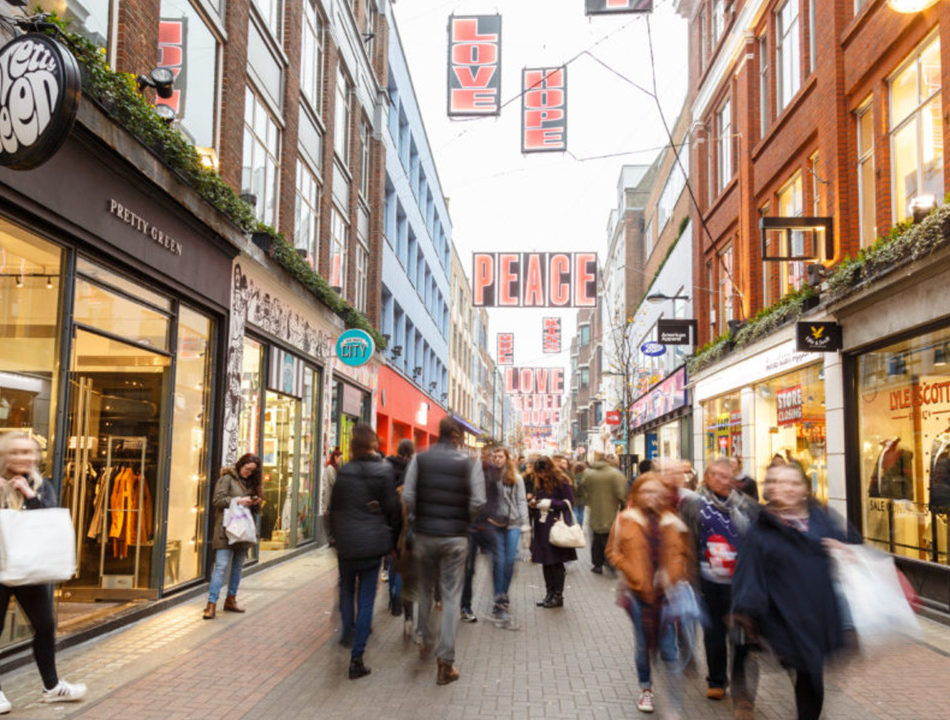Written by:
On Friday morning, I was asked to speak on BBC Surrey Breakfast Radio about how places can use the new MHCLG Reopening High Streets Safely Fund to help bring their communities out of lockdown. The government is investing £50 million to help councils in England introduce a range of safety measures in a move to get people back to work and customers back to the shops.
There has much been much discussion about the additional strain that the COVID-19 pandemic has placed on high streets, and on retailers, that were already struggling before the outbreak. Indeed, the recent launch of the Future High Streets Fund, High Streets Heritage Action Zones and Towns Fund, collectively worth £3.6 billion, had already started a number of places across the country on their journey of revisiting and investing in their high streets.
When I sat on the Expert Advisory Panel on High Streets convened by High Streets Minister, Jake Berry MP in July 2018, which advised on the Future High Streets Fund and the High Streets Task Force, colleagues and I spoke a great deal about the importance of thinking of high streets not just as receptacles for retail, but as places. High streets should be places for connection with other people, for accessing a range of activities and services, places to socialise, access cultural and recreational facilities. They should be spaces where the different sectors come together, where members of the communities can be not only shoppers, but contributors to the life and offer of the high street.
There was also much discussion within the group about the focus of our panel on high streets, which concerned us a little. We all agreed that we can’t look at high streets in isolation. High streets fit into a network of streets and neighbourhoods. They are not only destinations, but also vital connectors within town and city centres.


So how can funding help?
The intention of the Reopening High Streets Safely Fund is to give local authorities and retailers the means to reopen shops quickly and efficiently, while respecting the social distancing measures. The extent of the problems to solve will vary from place to place, and from shop to shop, but there are some common themes to consider. Circulation, access, and the quality of spaces will be crucial to how well streets adapt to the current situation and beyond.
So it is essential that this funding, as well as the other funding for high streets, should not be seen as a sticking plaster to solve only immediate problems, but as an initial stage catalyst for a more substantial and thoughtful journey. Above all, the funding must be used strategically to begin a journey of adaptation, flexibility and resilience in order to reimagine our high streets as places where people want to be, that contribute to the social, economic and cultural life of the communities in which they sit.
Catalysing change and civic action
For many, the COVID lockdown has given us pause for thought. We have seen our planet breathe while we have left our cars parked. We have been limited to, but have also explored and enjoyed, our neighbourhoods more than ever before. Our relationships with our homes, places of work and transport systems have changed, and will continue to change.
We have also seen extraordinary community spirit and civic action. An astonishing million people have volunteered for the NHS in the space of a few weeks, and mutual aid groups have popped up all over the country, creating support networks for those in need, pooling resources and energies to make sure that everyone in the area has what they need.
So how can this energy and commitment to our local communities be harnessed to catalyse substantial and sustainable change on our high streets? And could some of the funding go toward unearthing and mobilising local people, organisations, skills, and resources to be active contributors to that change? Could community-based initiatives sit more and better alongside the retail offer? How can different sectors work together to make great places?
Investing in design quality
The quality of our spaces is important. It shapes how we feel, how we interact, and simply put, how things work. While beauty and quality of materials are important, they are not enough. Here are just a few considerations:
- Look at high streets holistically as places
Consider how all of the parts interact, and how people will interact within them. Think about how the shops and retail offer sits alongside other things happening on the high street, and how they can complement each other. What are the other activities and services that local people want and need, and what will each contribute to the quality of life for local people? - How do high streets connect with the neighbourhood and homes around them?
What are public transport links like? Can people reach the high street on foot? How accessible are they to people with specific mobility needs? - What is the lived experience for the people who use and service the high street?
Is there space to circulate, to deliver goods, to gather? Are there trees and greenery to provide shelter and help keep the air clean? Are there places to sit and rest, or to meet with friends? - What kind of collaborations, partnerships and networks would help us create great places?
Could some of the funding that is now available help support that kind of collaborative economy? How can funding help catalyse and support bringing community-based initiatives into the high street?
As we emerge from these extraordinary circumstances of lockdown, let’s work together to reimagine how our places might be better, and what we can all contribute to driving that change.
You can listen to the conversation on BBC Surrey Breakfast Radio from 1:06:30 here.


